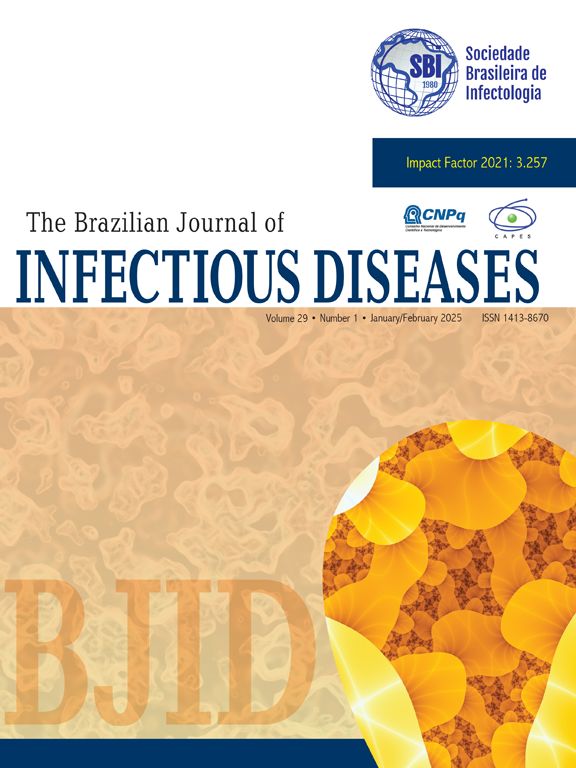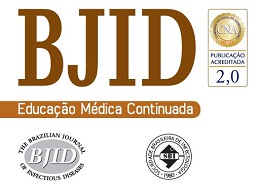Finding a better first antiretroviral regimen is one of the strategies used to improve span and quality of life of HIV/AIDS patients. 891 patients were followed during 24 months or until interruption/abandonment of treatment, changing regimen or death. At the end of 6 months, 69% of the patients were still being treated with the first regimen, 54% at 12 months, 48% at 18 months and 39% at 24 months. AZT-3TC-EFV was the most prescribed regimen and with the lesser discontinuation. NNRTI regimens showed high effectiveness and durability compared to PI regimens. Irregular medication dispensation was the only risk factor for failure/interruption of treatment in multivariate analyses. Intolerance/adverse effects were mainly responsible for first regimen discontinuation, followed by abandonment/non-adherence and virologic failure. Results showed significant difference between causes of interruption of first HAART with higher percentage of intolerance/adverse effects with PI regimens and higher immunologic failure with NNRTI regimens. Even with the availability of more potent and tolerable drugs, lack of adherence to HAART and high level of adverse effects are still the most important barriers to prolonged success of treatment. This study adds relevant information about durability and effectiveness of HAART in the first decade of its use in Brazil.
The Impact Factor measures the average number of citations received in a particular year by papers published in the journal during the two preceding years.
© Clarivate Analytics, Journal Citation Reports 2025
SRJ is a prestige metric based on the idea that not all citations are the same. SJR uses a similar algorithm as the Google page rank; it provides a quantitative and qualitative measure of the journal's impact.
See moreSNIP measures contextual citation impact by wighting citations based on the total number of citations in a subject field.
See more




